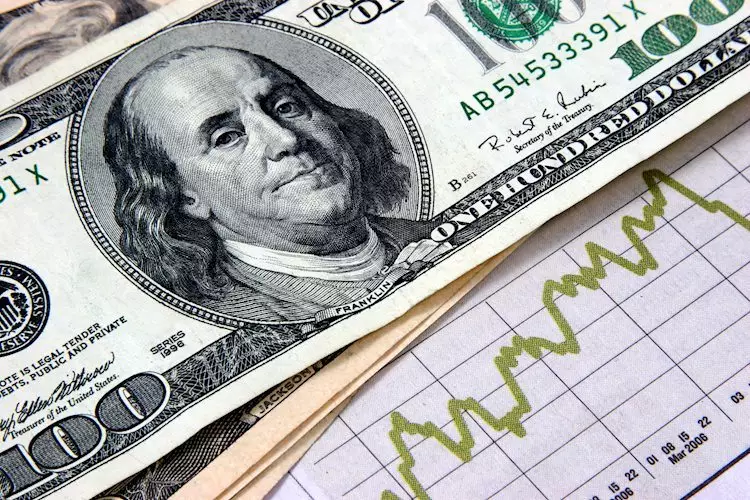US inflation, as measured by the PCE Price Index, has remained steady at 2.5% year-over-year in July. The stability in inflation comes at a time when the USD is gaining strength due to the overall performance of the economy. However, despite the positive economic indicators, inflation remains a key consideration for the upcoming decisions in September.
The labor market continues to be a central focus for the Federal Reserve when deciding on interest rates. The recent data on Personal Consumption Expenditures (PCE) Index has shown that inflation is under control and economic activities are consistent. This has led to speculations of a rate cut in the Federal Reserve’s upcoming meeting in September.
The Core PCE Price Index, which excludes volatile food and energy prices, has matched the previous month’s increase at 2.6%. This figure is slightly below the market forecast, indicating a slight decrease in inflationary pressures. The Federal Reserve relies heavily on the PCE Price Index as a key measure of inflation.
There is a growing sentiment in the market towards a potential rate cut by the Federal Reserve in September. While the data suggests a lower inflation rate, the actual decision would depend on the incoming labor market data. The CME FedWatch tool currently shows a nearly 30% probability of a 50-basis-point rate cut.
From a technical analysis perspective, the US Dollar Index (DXY) shows signs of a potential recovery. The Relative Strength Index (RSI) is trending upwards, indicating a positive momentum, while the Moving Average Convergence Divergence (MACD) is printing lower red bars, suggesting a potential reversal. Key support levels for the DXY index are identified at 100.50, 100.30, and 100.00, with resistance levels at 101.70, 101.80, and 102.00.
The US Dollar serves as the official currency of the United States and is widely accepted in other countries alongside local currencies. It is the most traded currency globally, accounting for a significant share of foreign exchange turnover. The USD’s value is influenced by various factors, including monetary policy decisions by the Federal Reserve.
The Federal Reserve plays a crucial role in shaping the value of the US Dollar through its monetary policy decisions. The Fed aims to achieve price stability and maintain full employment through interest rate adjustments. When inflation rises above the 2% target, the Fed raises rates to support the USD value. Conversely, in times of low inflation or high unemployment, the Fed may lower interest rates, impacting the Greenback’s value.
During extreme economic conditions, the Federal Reserve may resort to unconventional measures such as quantitative easing (QE) to stimulate the economy. QE involves the Fed printing more Dollars to purchase government bonds, leading to a weaker USD. This approach was employed during the Great Financial Crisis in 2008 to boost liquidity in the financial system. On the contrary, quantitative tightening (QT) involves the Fed reducing bond purchases, which typically strengthens the US Dollar.
US inflation trends play a significant role in shaping the economy and influencing currency valuations. The Federal Reserve’s decisions on interest rates and policy measures are critical in maintaining price stability and economic growth. As investors continue to monitor inflation data and labor market indicators, the USD’s performance will be closely tied to the outcomes of the upcoming Federal Reserve meetings.

